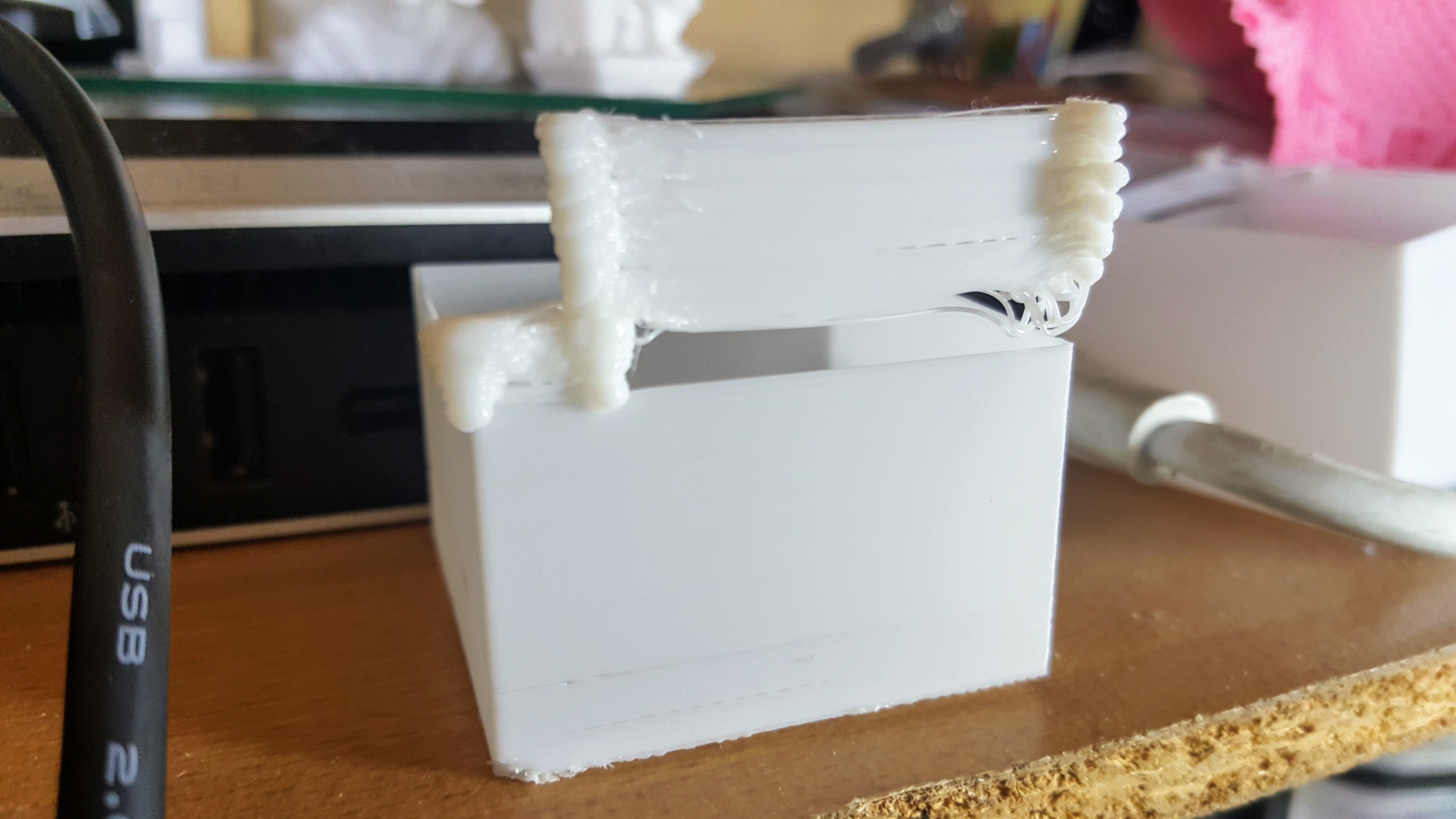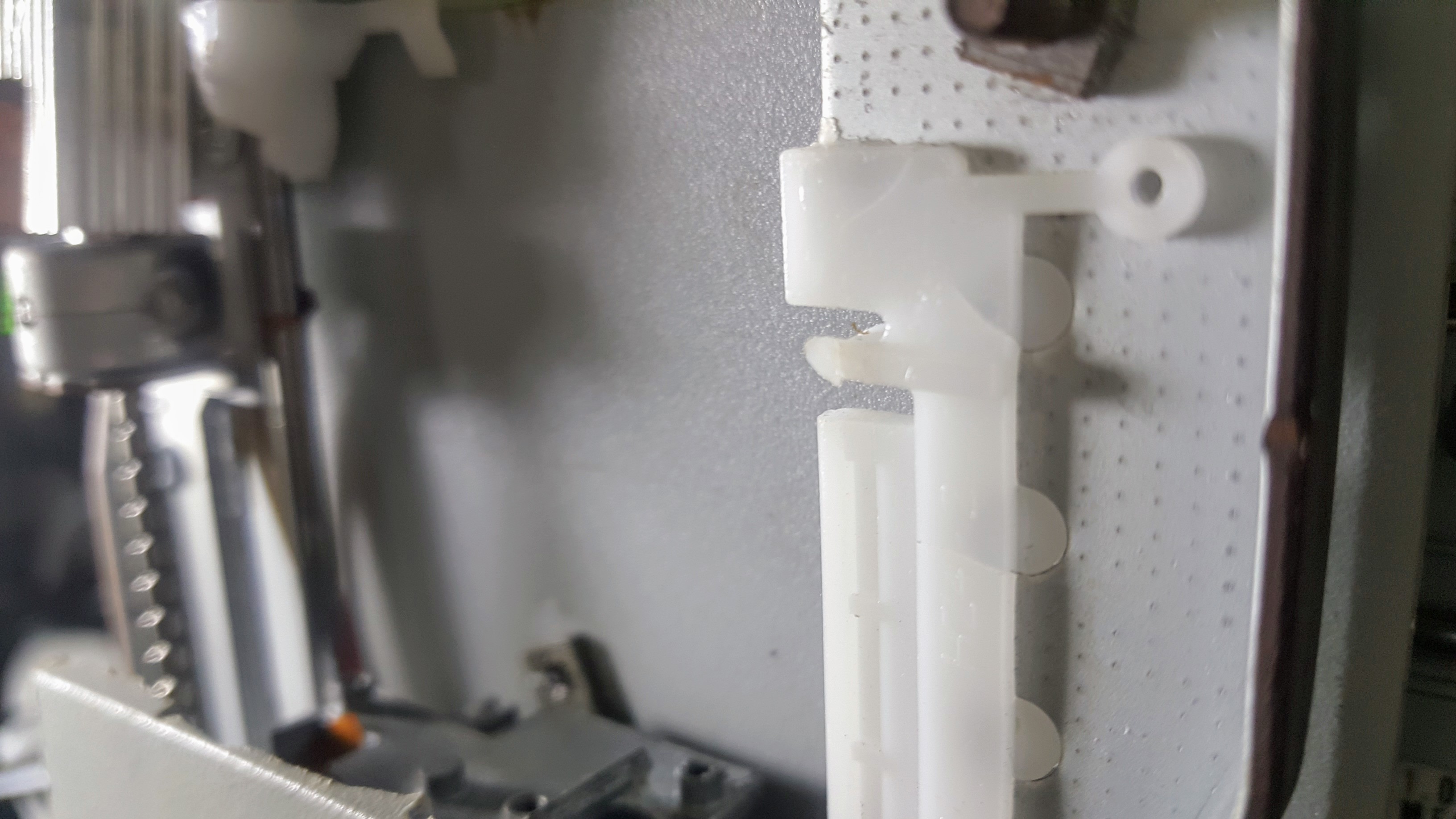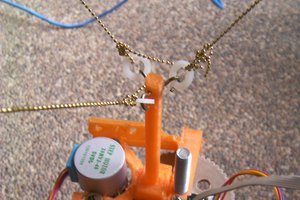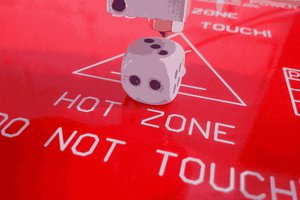3D Printer Details
- 40x40x40mm Print Bed Size
- RAMPS 1.4 Microcontroller board
FAQs
- Why make this project? - Because I didn't have the funds to buy a commercially made 3D printer. Plus, I learned that it can be done so I did.
- Why use CD Rom Drives? - CD roms have a stepper motor inside of them. It's a smaller version than the usual that most 3D printers use but it can be programmed the same way.
- Can I use any kind of CD Rom Drives? - Yes. Drives from PCs are more easily available but other drives like DVD players and old consoles can also work. Slimmer devices like laptops may have a different CD Rom drive and may not have stepper motors.
- How long did it take to work on this? - Almost a month to an acceptable state. One more month for calibrations and improvements. I logged the development of the whole project here: https://hackaday.io/project/164828/logs
- Is this your original idea? - No. There are numerous makers who have already made this and documented it. I learned from them and made this version.
- Is there a how to for this project? - None at the moment. I plan to make an instructional video in the future. For now I've listed the resources that I used to make this project below.
- Are you selling this unit? - No. It's mine and it's for my personal use. I may make another one and might consider selling that.
- Are you planning on making this into a product to sell? - It's not exactly plug and play and may suit tinkerers more. I may make this into a kit to make it easy for people to get started.
Resources
Here are the references I used that helped me build this project:
- Tinkernut's Project - Video and text version- The video that first taught me about the possibility of a cheap 3D printer. Uses Arduino UNO, 3D Printer Pen, and A3967 Stepper Motor Driver. Here's an updated version of this project with a different approach.
- Electronic Grenade - Based his project off Tinkernut's. Goes through the steps in more detail.
- EWaste 60$ 3D Printer - Different from the first two by using RAMPS 1.4. This is also the only one that teaches about current intensity regulation to avoid overheating stepper motors (Check Step 6). Everything else is also good albeit a bit dated with broken links to important files.
- Curiosity 80$ EWaste Educational 3D Printer - Similar to the EWaste 60$ Printer, this one is more detailed and easier to follow. as it is also targeted towards younger aspiring makers.
- Joe Clinton's Project Log Playlist - A video playlist of a 3D printer from start to finish based on the Curiosity 3D printer. Starts with testing the circuits first before mounting the drives. It's a nice glimpse of what pitfalls to expect and avoid throughout the project.
- RAMPS 1.4 Assembly Guide - Simple guide on how to assemble your RAMPS 1.4 board. This is crucial as some purchased boards may require some assembly.
 AccidentalRebel
AccidentalRebel












 Thanks to this, I've never had a clog ever again. I do need to double check if it's tight from time to time. Also, I'm a bit worried if the heat from the heatsink would affect the coupling since I printed it with PLA. We"ll see if it gives.
Thanks to this, I've never had a clog ever again. I do need to double check if it's tight from time to time. Also, I'm a bit worried if the heat from the heatsink would affect the coupling since I printed it with PLA. We"ll see if it gives.







 RigTig
RigTig
 Chris
Chris

 Patrick
Patrick
I already have a 3D printer, but am interested in building a low cost, custom portable 3D printer that can run on a 5V USB cable and fit in a small case, the case being capable of printing on my Ender 3 Pro (220x220x250mm). Any advice?